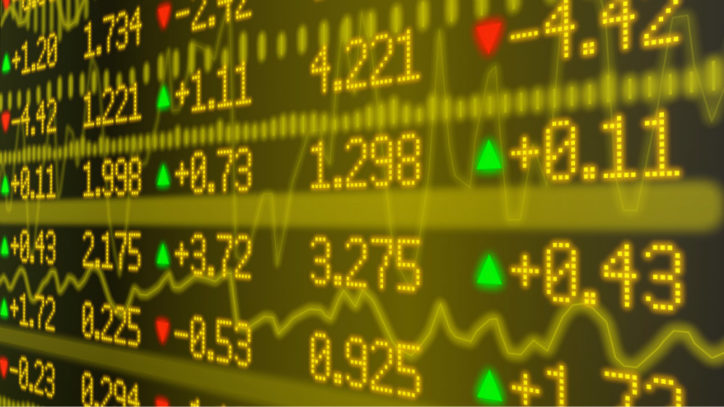Nineteen years ago, the FTSE 100 was trading at a record high. It was December 1999, and the index was quickly closing in on 7,000 points. For most investors, it seemed inevitable that it would reach not only that level, but then push through 8,000, then 9,000 and even move to 10,000 points over the medium term.
Of course, quite the opposite became the reality. The dotcom bubble burst and the FTSE 100 halved within a matter of just a few years. Investors went from being exceptionally bullish to feelings of despair as their investments experienced severe declines.
Risks Today, the index trades at the same level as it did 19 years ago. The difference, though, is that investors are now fearful, while in 1999 they were highly optimistic. The index trades at the same price level, but expectations are very different.
Brexit clearly poses significant threats to the UK economy. Whether it proves to be a good thing or a bad thing in the long run is clearly open to debate. But in the short run at least, it represents major change. Investors usually dislike change, since it introduces additional ‘known unknowns’, and this could naturally mean that they are cautious in the near term.
Added to this is the prospect of the impact of rising US interest rates on the world economy. And with protectionist policies coming into force, the outlook for the world economy may seem to be relatively risky at the present time.
History repeating However, predictions about the future performance of the economy and the stock market can prove to be problematic. Just as investor sentiment went from bullish to bearish between 1999 and 2003, it then turned positive until the financial crisis hit in 2007/08. This turned hopes of a recovery following the pain of the dotcom bubble to despair, with the world economy experiencing one of the worst recessions since the 1930s.
Since then, a decade-long bull market has ensued. Investors became more bullish than at any point since the dotcom bubble, but that has now turned to anxiety and potentially fear as the FTSE 100 has dropped 1,000 points in seven months on its way to what could prove to be yet another bear market.
Future prospects Of course, investors who have seen a few market cycles will not be surprised by the fear which is gradually starting to emanate from the investment community. It has been here before in the early 2000s and during the financial crisis. On both of those occasions, a recovery took time, but it did appear. In fact, history shows that every slump is followed by a recovery, which means that the best time to buy shares could be immediately following a stock market crash in my opinion.
As such, a 1,000-point decline is nothing new or unusual. It’s an event which happens every so often, and provides an opportunity to put excess capital to use on what could prove to be undervalued FTSE 100 shares.
Peter Stephens has no position in any of the shares mentioned. The Motley Fool UK has no position in any of the shares mentioned. Views expressed on the companies mentioned in this article are those of the writer and therefore may differ from the official recommendations we make in our subscription services such as Share Advisor, Hidden Winners and Pro. Here at The Motley Fool we believe that considering a diverse range of insights makes us better investors.
